Exploring western Colorado, from Rocky Mountain to Mesa Verde national parks
I’ve long been a fan of US national parks and camping within them, while my wife has steadily become a fan of luxury resorts and upscale lodging. We found that central and western Colorado has plenty of both. A recent 16 day housesitting opportunity in suburban Denver offered us the option to make several overnights to some of our most favorite places in the state, as well as visit other destinations upon our return to California. Here are some of our Colorado delights, both national parks and upscale resorts.
Colorado features four evocative national parks, from the most visited, Rocky Mountain National Park, to Black Canyon of the Gunnison, Mesa Verde and Great Sand Dunes national parks. Each has stunning and memorable features, making it hard to pick one over the other. The state also hosts a variety of National Monuments, as well. We’ll start with our first park visited, Rocky Mountain. From Denver, head northwest through Boulder, a fine provisioning stop, then ascend into the bowl of Estes Park, picturesque on the shores of Lake Estes at 7,523 feet elevation. The Beaver Meadows Visitor Center and entrance station into the park is on the edge of town, just two hours from Denver.
Just inside the park are two campgrounds (with mule deer posing for photos) for a summer or fall visit, Moraine Park and Glacier Basin – book well in advance, online, through recreation.gov. See the park website for details on potential entry pass required for several of the busiest summer months.
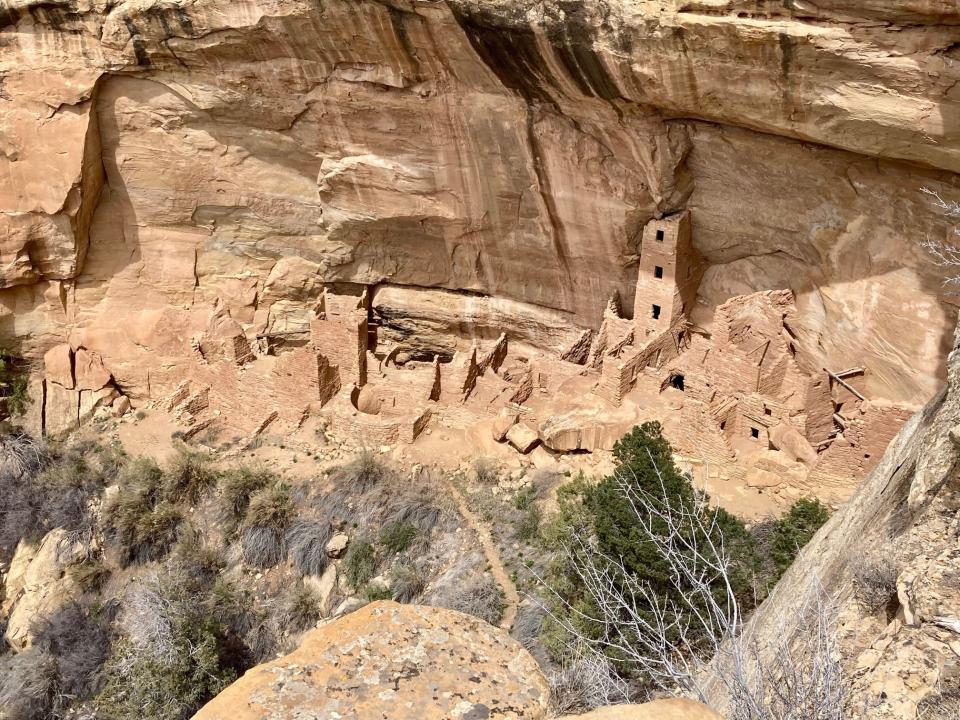
One of the major attractions is plenty of elk; just inside the park, we found a herd of about 10, then, a few miles further, a larger herd, with a large bull elk attempting to keep his flock intact. Continuing west, we were awed by towering peaks, with clouds and snow billowing, from 10,000 up to about 14,000 feet – cobalt blue skies and bright sun making it a sparkling drive.
We soon reached the winter-end of the road, Many Parks Curve, a lofty 9,640 feet with spectacular views of snowy peaks extending over 270°. In summer and early fall, one choice is the Old Fall River Road, which ascends to more than 11,800 feet, the highest paved road in America.
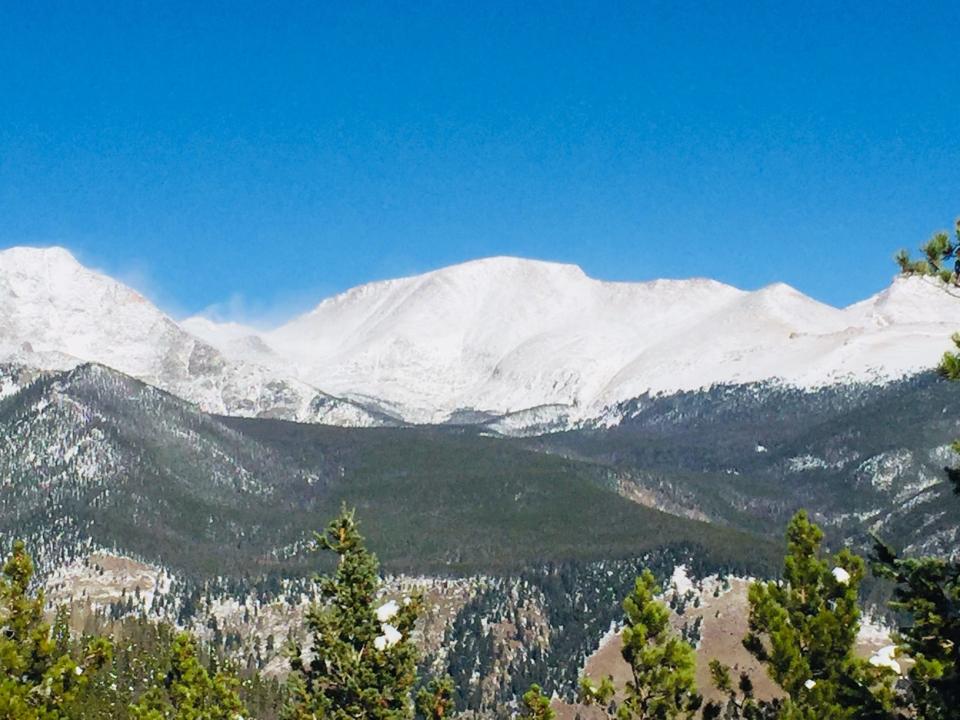
The park features three distinct ecosystems, montane (below 9,000 feet), subalpine (9,000 to 11,400 feet) and alpine (above 11,400 feet). You enter the park through the Montane ecosystem at any of the three entrances, through forests of ponderosa pine, lodgepole pine and Douglas fir. By summer, current, juniper and choke cherry bushes blanket valleys, with birds and insects at work. This is a park demanding a return for more hiking or winter snow play!
My second favorite is Mesa Verde National Park; Mesa Verde in Spanish means green table, a high, broad Mesa averaging about 18 inches of precipitation each year between winter and spring snows and summer thunderstorms. Ancestral Puebloan peoples had discovered it hundreds of years before European explorers visited the area.
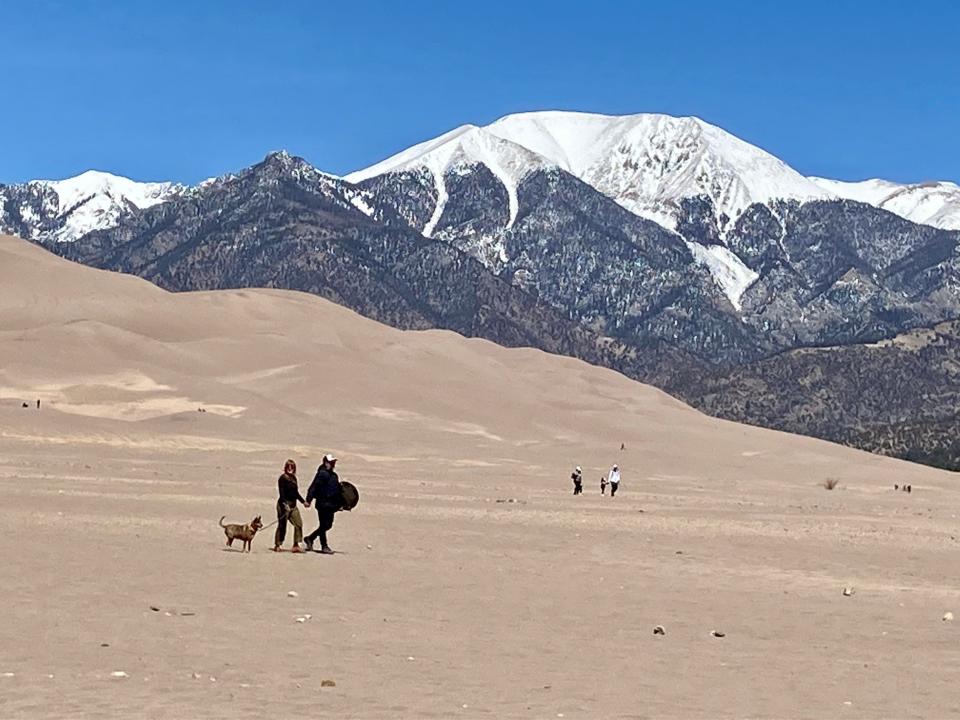
About AD 550 some of the people living in the four corners region of the four states of Colorado, Utah, Arizona and New Mexico decided to move onto Mesa Verde; over 700 years these people raised families in communities of stone built into sheltered coves of canyon walls. Not only did the cliff dwellings offer shelter from potential invaders but also from rain and snow, preserving the ruins for more a thousand years. In the late 1200s, these people left their homes and moved away to locations in Arizona and New Mexico, a move not totally understood.
The park retains over 4500 archaeological sites, of which approximately 600 are cliff dwellings. Located just outside Cortez, Colorado (offering inexpensive motels), the main Park Road is open 24 hours, year-round. To see some of the most impressive cliff dwellings close up, Balcony House, Cliff Palace and Long House, arrange to join a ranger-guided tour.
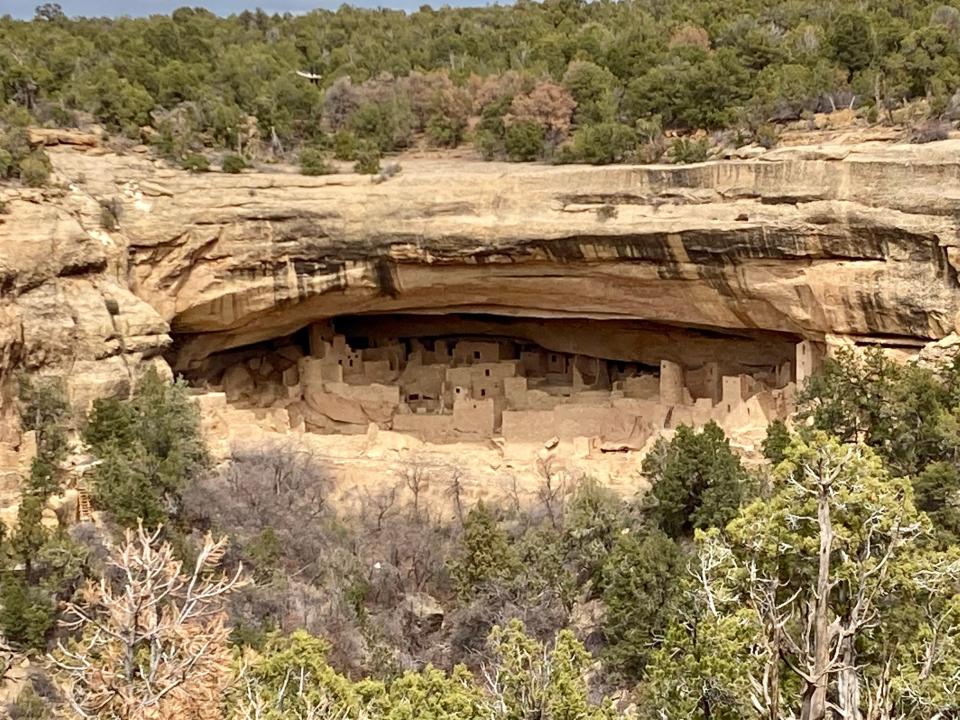
The main park road leads to numerous overlooks offering marvelous views of the cliff dwellings and the early culture. Spruce Treehouse is perhaps the best preserved cliff dwelling. Standing on the edge of the rugged canyon and looking down and across to the dwellings gives one the eerie feeling that the residents just departed. Throughout our several day visit to these early outposts of humanity, one could feel the ghosts of the ancients peering back at us.
We continued on the Mesa Top Loop, a self-guided auto tour of with vista points a short walk from our auto. From the Mesa Top loop, vista points offered marvelous views into Square Tower House, Balcony House, Long House and Cliff Palace. In Autumn, Ancestral Peubloans harvested corn and beans from the fields, hunted deer, squirrels, rabbits and other animals. They domesticated dogs and turkeys for food, and gathered nuts and berries to make it through long, cold winters.
Visitors should find the time to visit Black Canyon of the Gunnison National Park, with some of the steepest cliffs, craggiest spires and oldest rock in North America. The result of volcanic eruptions and two million years of work by the Gunnison River has sculpted this 2700 foot deep canyon. The park is also an International Dark Sky Park, perfect destination for stargazing; check the visitor center near Montrose for a schedule of night sky viewing and constellation tours, including use of telescopes.
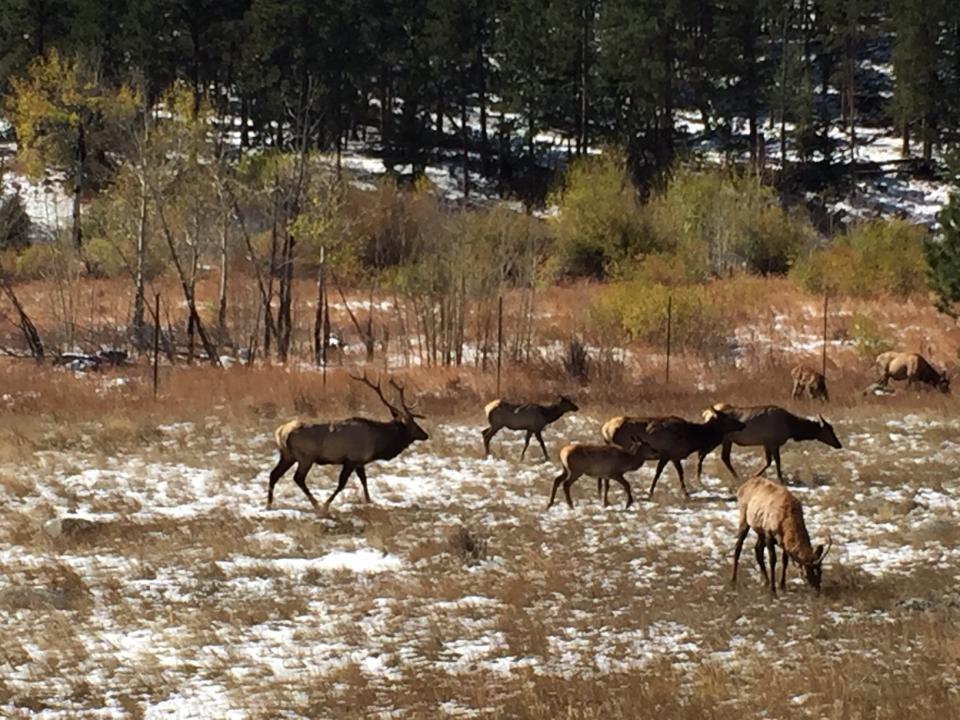
The fourth option is Great Sand Dunes National Park, nestled against the rugged Sangre de Christo Mountains. The park resides in a natural system of high mountain peaks, clear streams, steady forceful winds and billions of sand grains. Huge dunes – North America‘s tallest, encompass about 11% of the 330 mi.² park, with deposits of sand, eroded from mountains, shattered by freezing and thawing water and moved by streams and winds. The dunes are constantly shifting as prevailing winds blow in from the Southwest, and mountain storm winds thunder down from the mountains, pushing westward, moving sand with each gust. On our visit, we watched scores of visitors hiking the lofty dunes, some with snow boards or cardboard to do their own sand-surfing!
Space precludes a discussion of favorite resorts, but our fave is Breckenridge, a lovely town at the base of the huge ski area and just miles from an historic gold field offering extraordinary, educational hiking options. Vail, Aspen and Steamboat Springs are other lovely resort choices.
For more information, Black Canyon of the Gunnison, nps.gov/blca; Great Sand Dunes National Park, nps.gov/grsa; Mesa Verde National Park, nps.gov/meve; Rocky Mountain National Park, nps.gov/romo; Colorado, visitcolorado.com.
Where are you traveling? Reach Tim, tviall@msn.com; happy travels in the west.
This article originally appeared on The Record: Exploring western Colorado, from Rocky Mountain to Mesa Verde national parks

